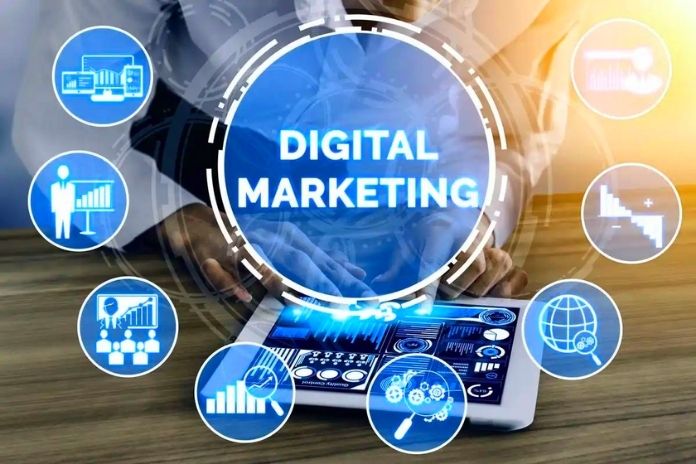Digital Marketing: Has your company created a website and social media profiles to keep up with your competitors but hasn’t generated great results? It is more common than you might think. But we ask you: did you make a digital marketing plan before putting your actions on the air?
Creating web pages without a strategy does not bring results. It is necessary to know digital marketing techniques and complete planning to sell more. Digital marketing planning involves six steps – from analyzing the company’s scenario to creating content entirely aimed at the target audience. All these phases are of vital importance for the positive progress of the project.
Ideally, you hire a digital marketing agency to help you with the entire content planning and creation process – always focused on bringing sales results. However, in any case, you must understand all these phases to support your partner incorrectly in defining your business objective. Check out the six steps of digital marketing planning below!
01 – Analysis Of The Company’s Scenario
The first planning phase analyzes how the company positions itself in the market and the digital environment. The company’s website is the electronic business card and the basis for the inbound marketing (farmer) strategy; this is the first item to work on during planning. With that in mind, you should identify an overall picture of the site, analyze keywords, structure, and content if the page is ready for conversion.
02 – Benchmarking
The second step is the verification of direct and indirect competition. At this point, there are opportunities and the company’s scenario against the leading competitors (whether it is competitive or not, in which aspects you may have difficulties and in which you will find it easier to rank on Google and sell).
03 – Study Of Keywords
Keywords are the terms your potential customers use when performing a search in search engines. At this stage of digital marketing planning, there is the identification of which words have the most monthly searches and ranking opportunities on Google. Contrary to what many people think, the keywords with the most significant potential to work are not simply the most sought after. The ideal is to balance the number of searches and less competition in your segment. Therefore, working with long-tail keywords – such as “customer service” or “how to sell online” – is more assertive.
Therefore, the selection of the most relevant keywords can be based on the following criteria:
- Number of monthly searches;
- The opportunity of each word (the fewer sites are using a comment, the more excellent the option);
- Segmentation (the more segmented, the more assertive the lead generation will be).
The study of keywords is essential for website optimization and content creation for blogs.
04 – Creating Personas
Do you know who your target audience is? Analyzing the profiles of potential consumers interested in your solution is part of digital marketing planning. In digital marketing, the persona represents a customer based on accurate data from people looking for your company on the internet. The personal definition is complete. It outlines your goals, life stories, motivation, and challenges. Based on this information, the editorial plan was created. It is essential to know that a project can have more than one persona; it all depends on the segment and the number of solutions of each company.
05 – Editorial Plan
With the study of keywords and personas, the way opened for creating the editorial plan. This material gathers the blog guidelines, which are designed to answer the central questions of the personas. The idea is to present content that meets the persona’s needs and then indicate the company’s solution as the most recommended option.
6 – Landing page + Rich Material (e-book, Guide, Infographic)
Conversion materials are eBooks (digital books), infographics, guides, and other content that address the primary needs of your persona(s), always with direct or indirect reference to your company. These materials must necessarily solve the “pain” of your client and present your solution as the most appropriate option. All content must contain a call to action, a form, a link to your website’s contact page, and others. In the case of eBooks, your potential client only has access to the material after filling in the information in the form.
Also Read: Which Social Networks To Choose To Promote Your Business

